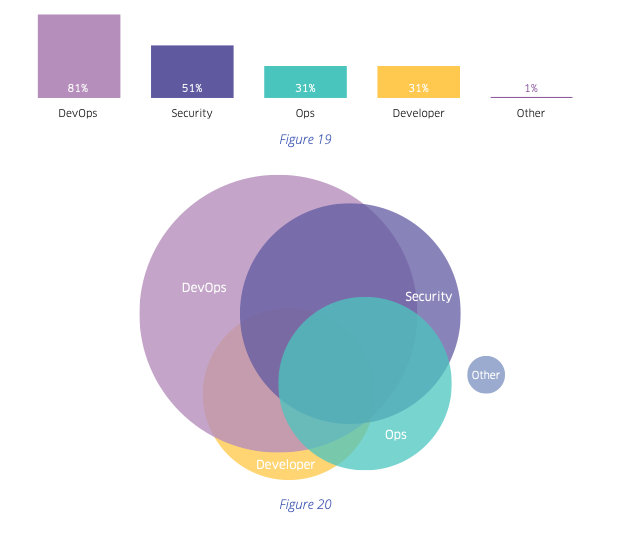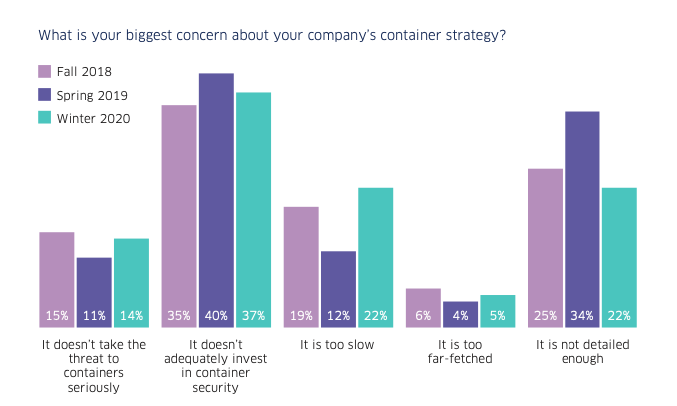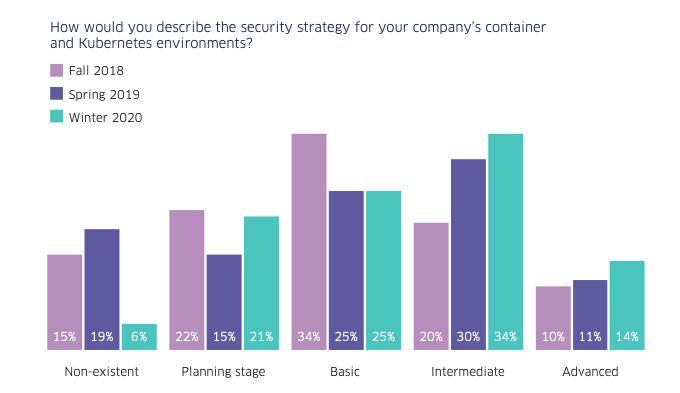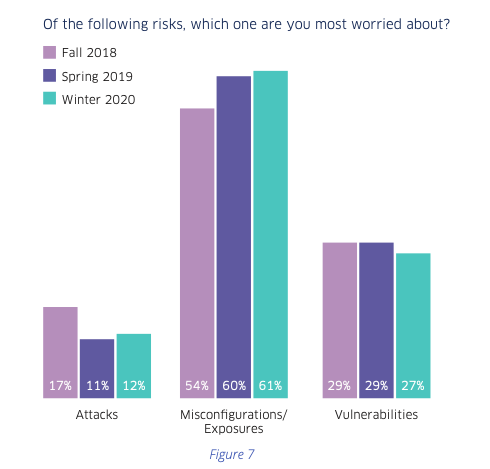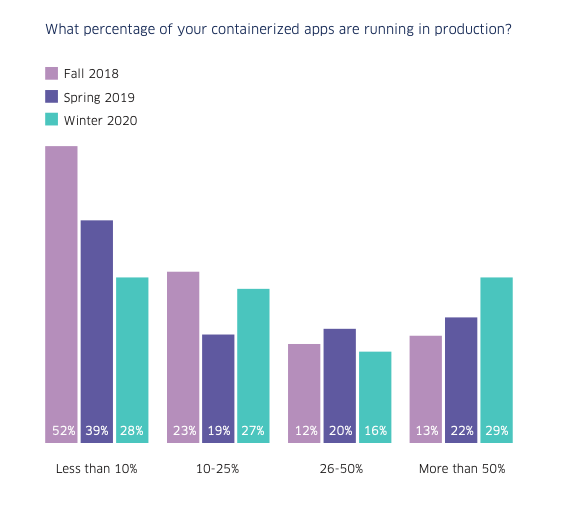The principles of DevOps and Cloud-native development dictate shorter release cycles and faster deployments. These security threats hinder these organizations’ ability to realize the full potential of Kubernetes for business growth and innovations.
And these concerns didn’t originate as a result of a mass-hysteria inside DevOps circuits.
The third edition of The State of Container and Kubernetes Security report was published during winter 2020, but it’s still an insightful source if you are interested about security especially related to containers and K8s.
The report suggests 94% of organizations have encountered a security incident in their Kubernetes environment in the past twelve months. StackRox surveyed 540 IT professionals from organizations of various sizes for the report. The majority of respondents include development and operations personnel.








